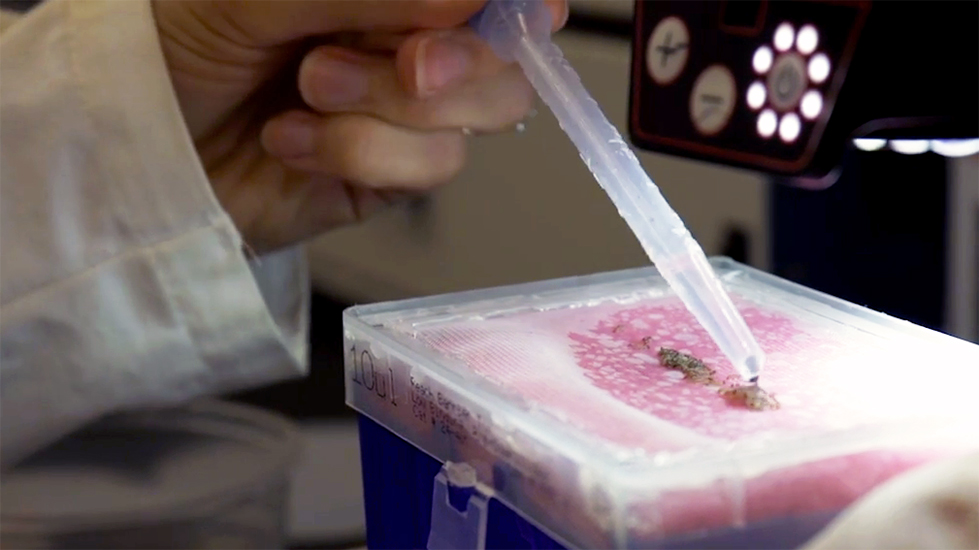entomology
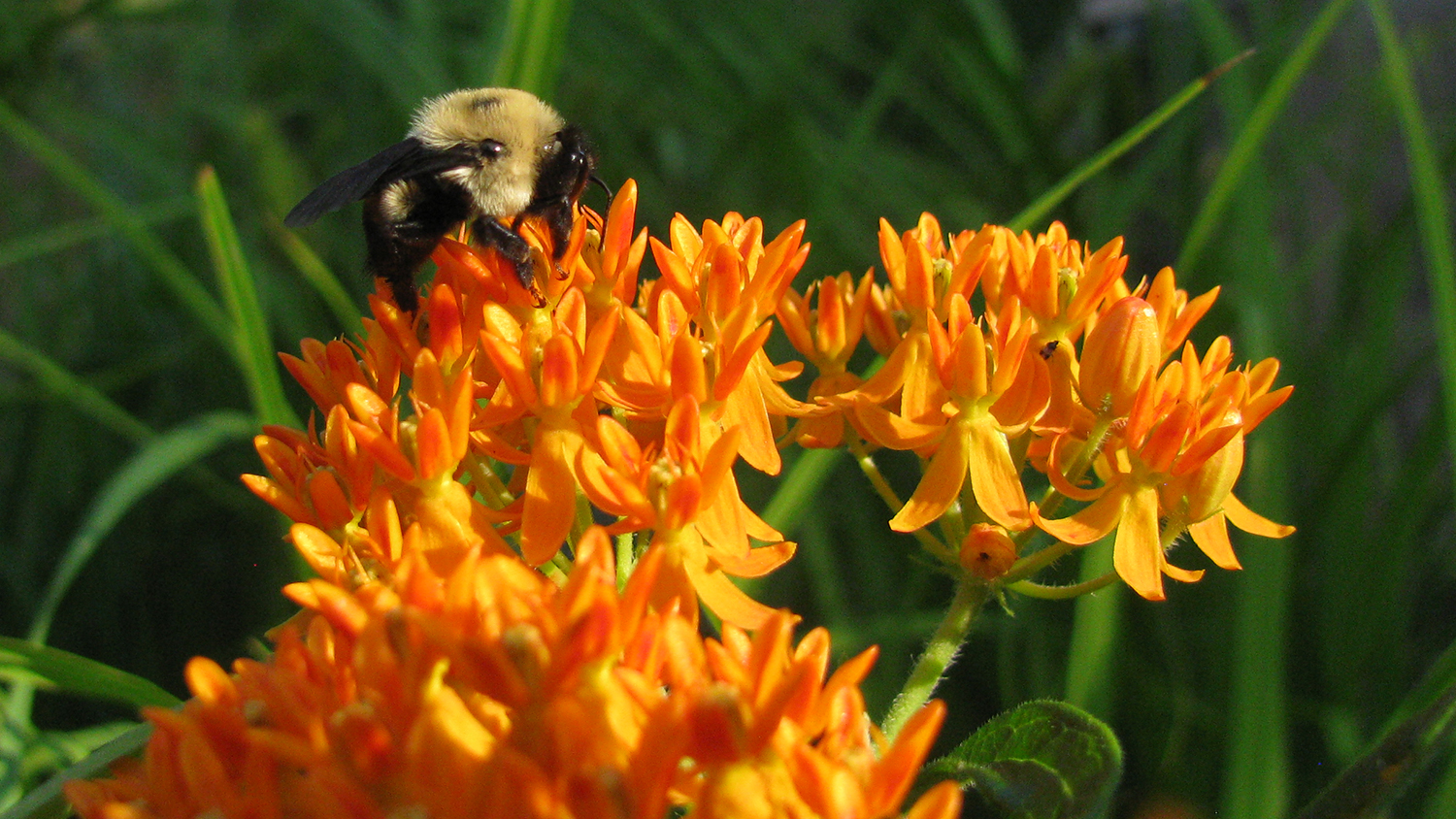
Flowers Aren’t Enough: How Urban Heat Affects Bee Populations

Bed Bug Histamines Are Substantial, Persistent in Infested Homes
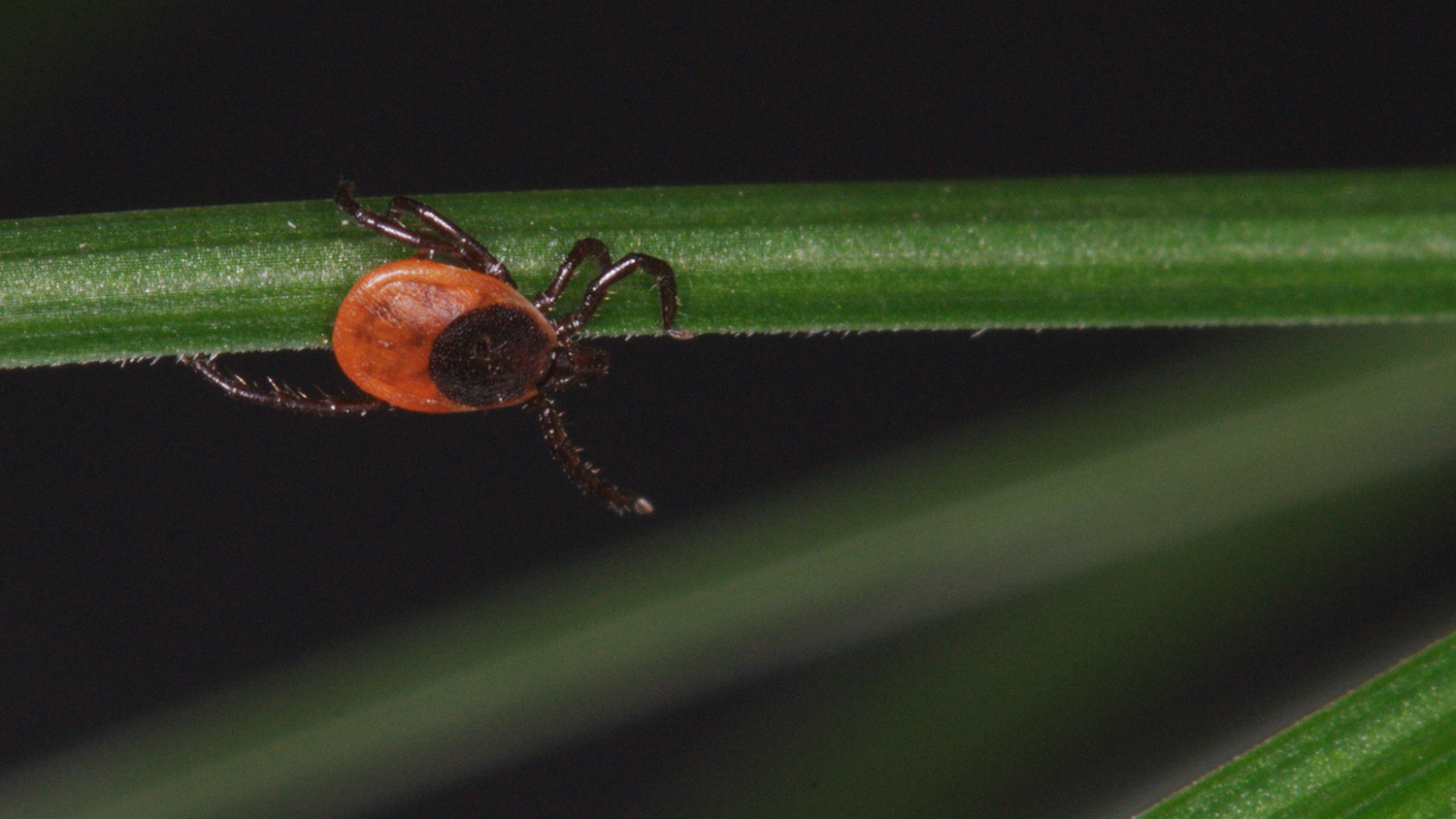
Will a Cold Winter Kill Off Ticks?
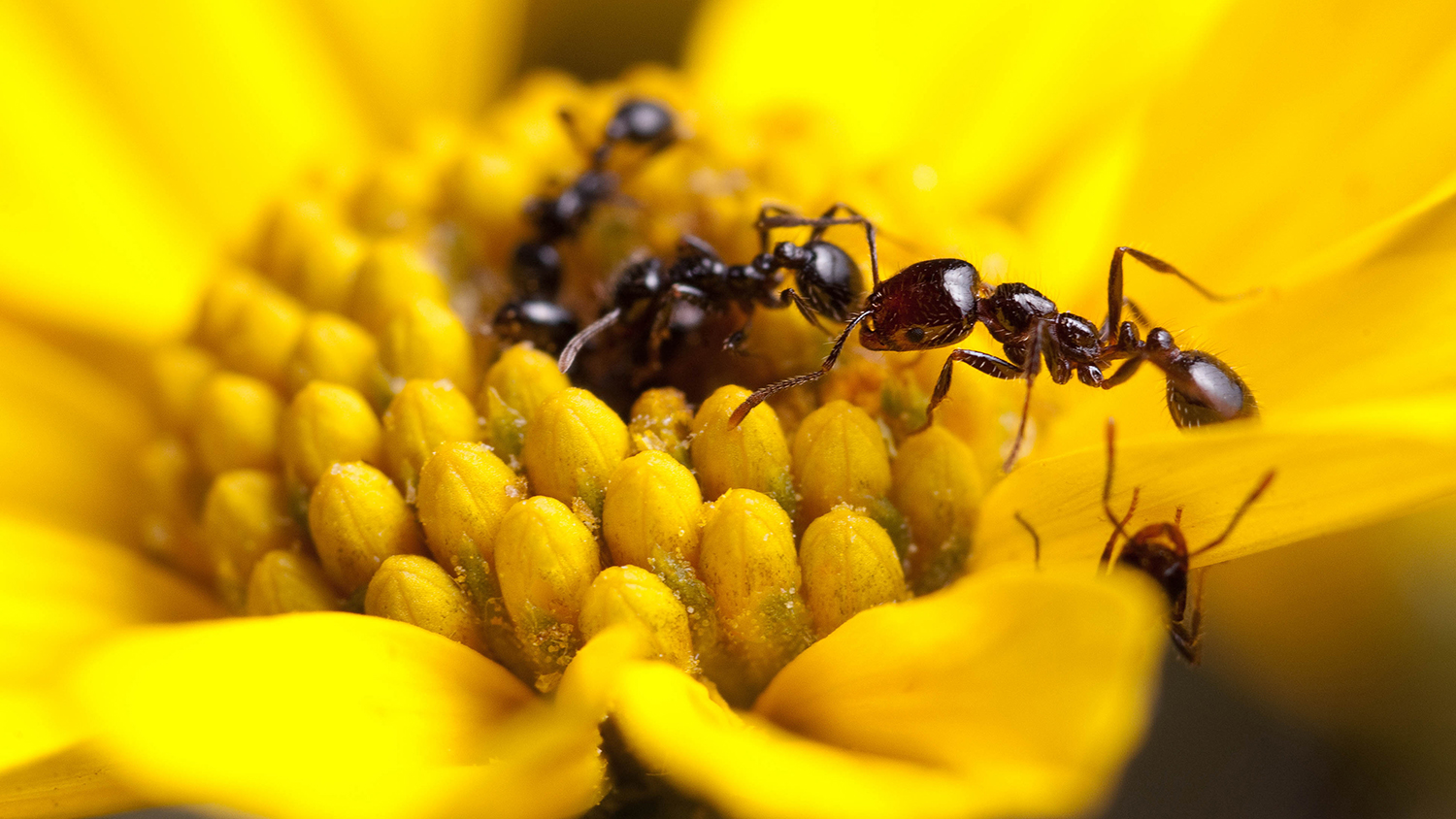
Study Sheds New Light On Antibiotics Produced by Ants
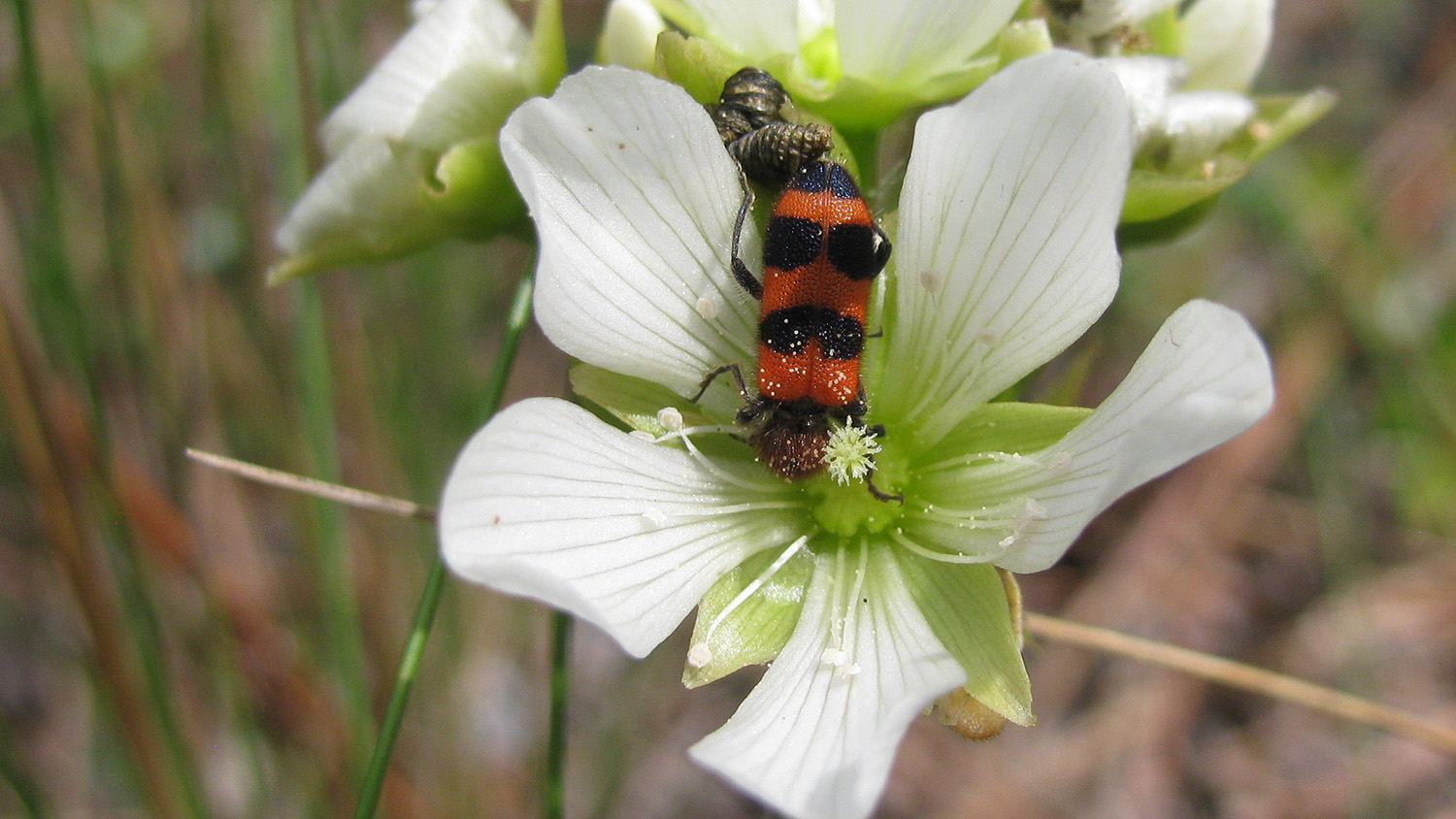
Venus Flytraps Don’t Eat The Insects That Pollinate Them
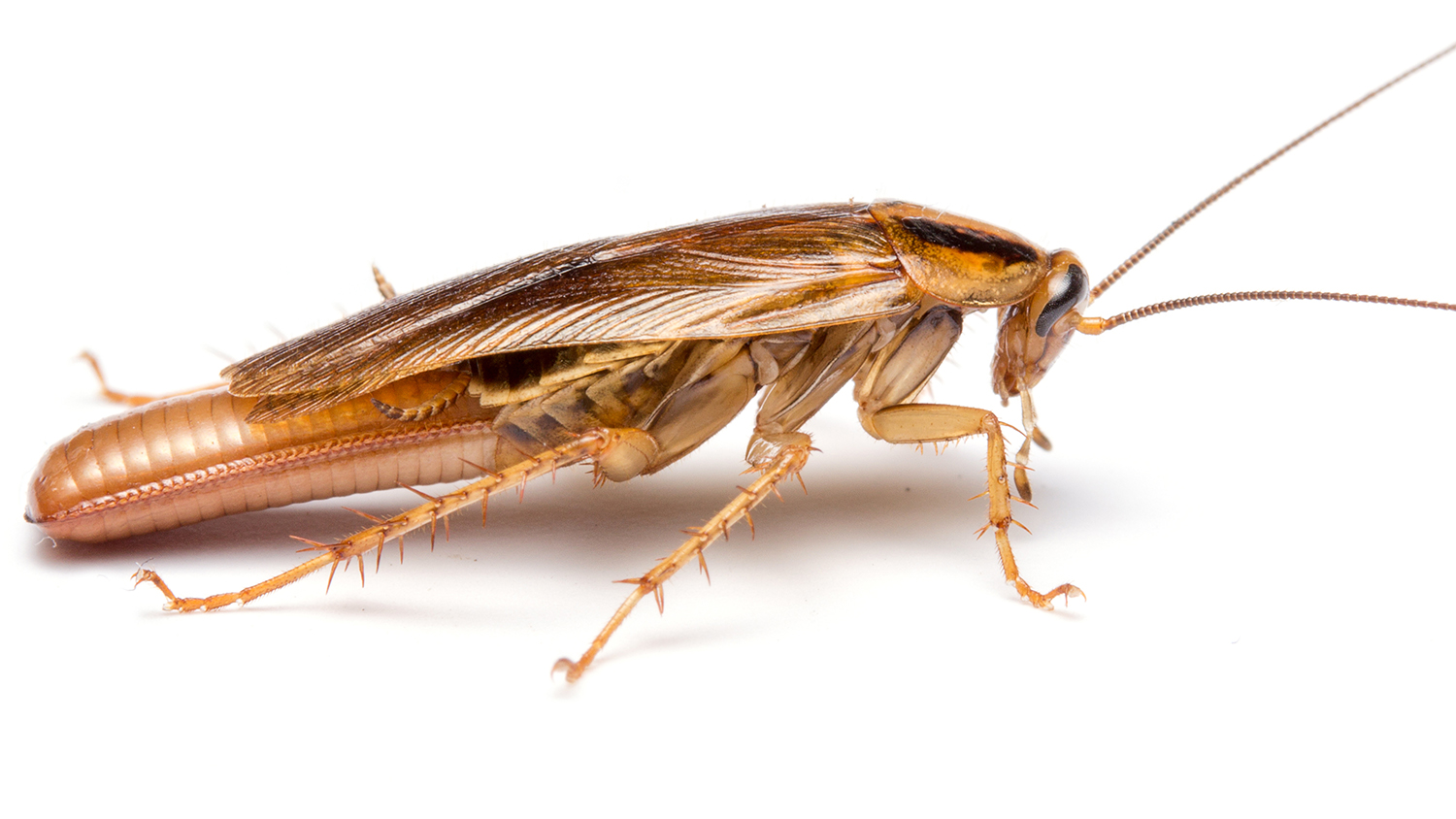
How Solitary Cockroaches Gave Rise to Social Termites: Tales from Two Genomes
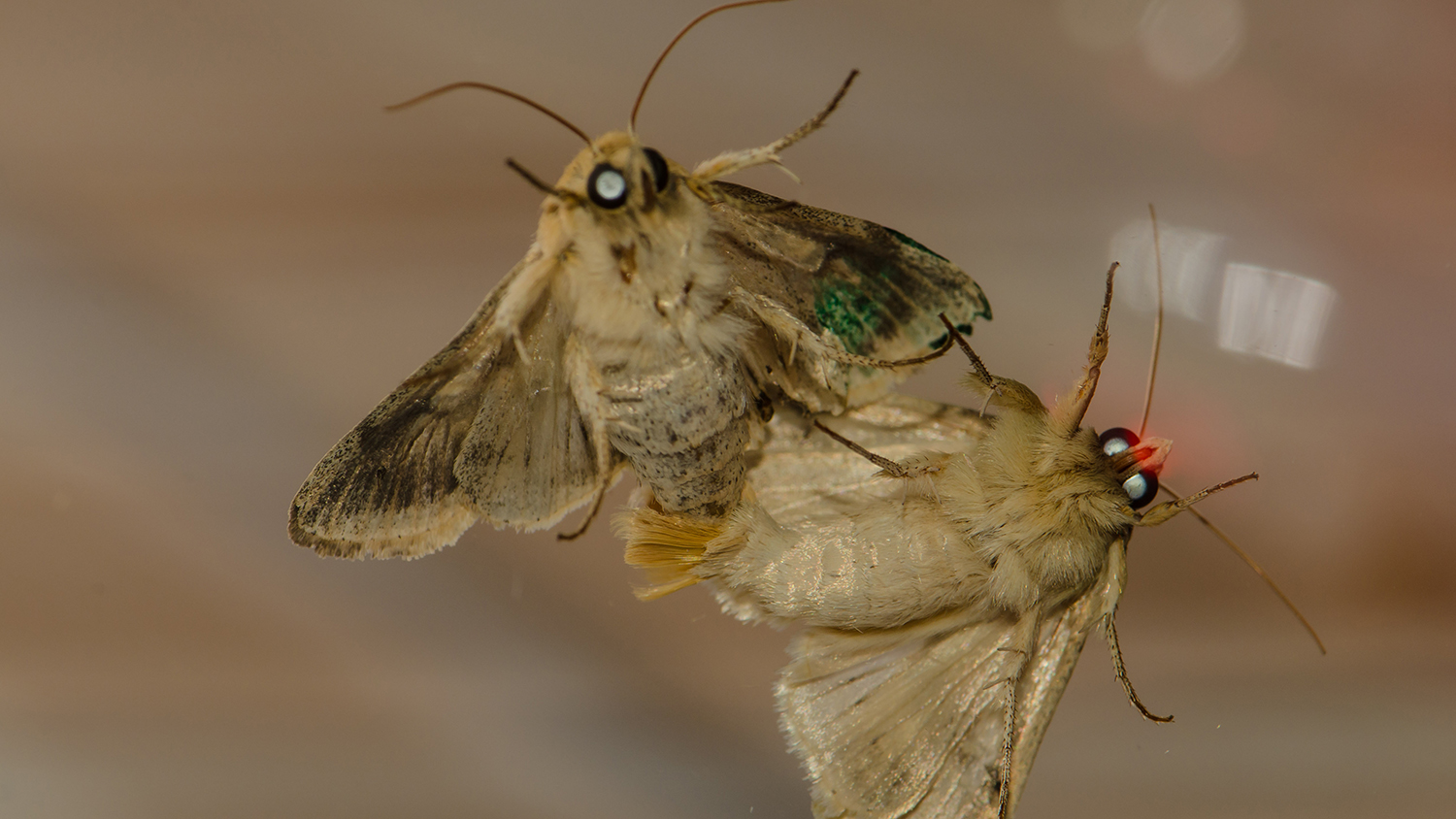
Get a Little Closer: Moth Females Use Scent Proximity to Attract Mates
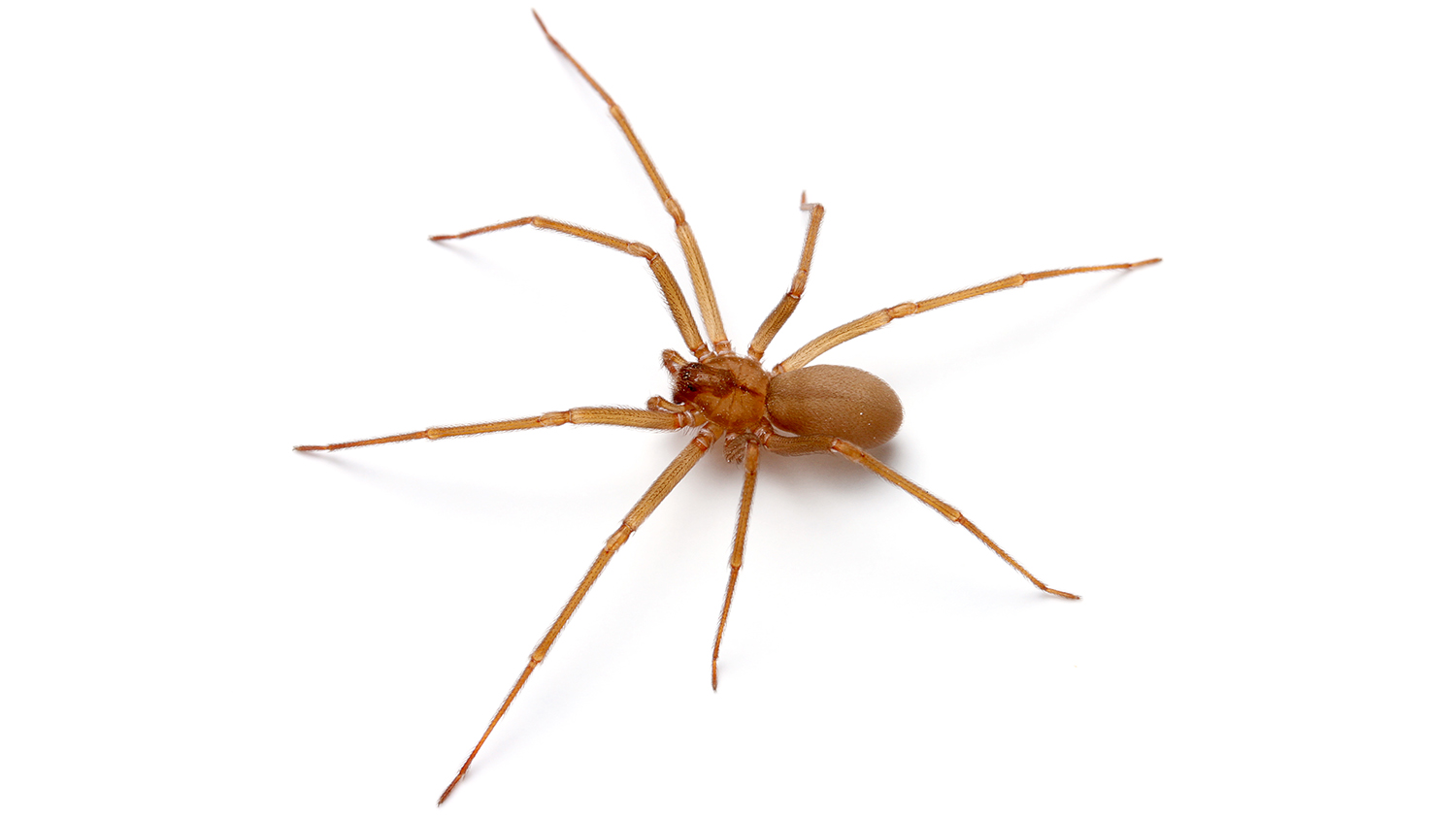
Recluse or Not? Scientists Use Twitter to Tackle Spider Questions
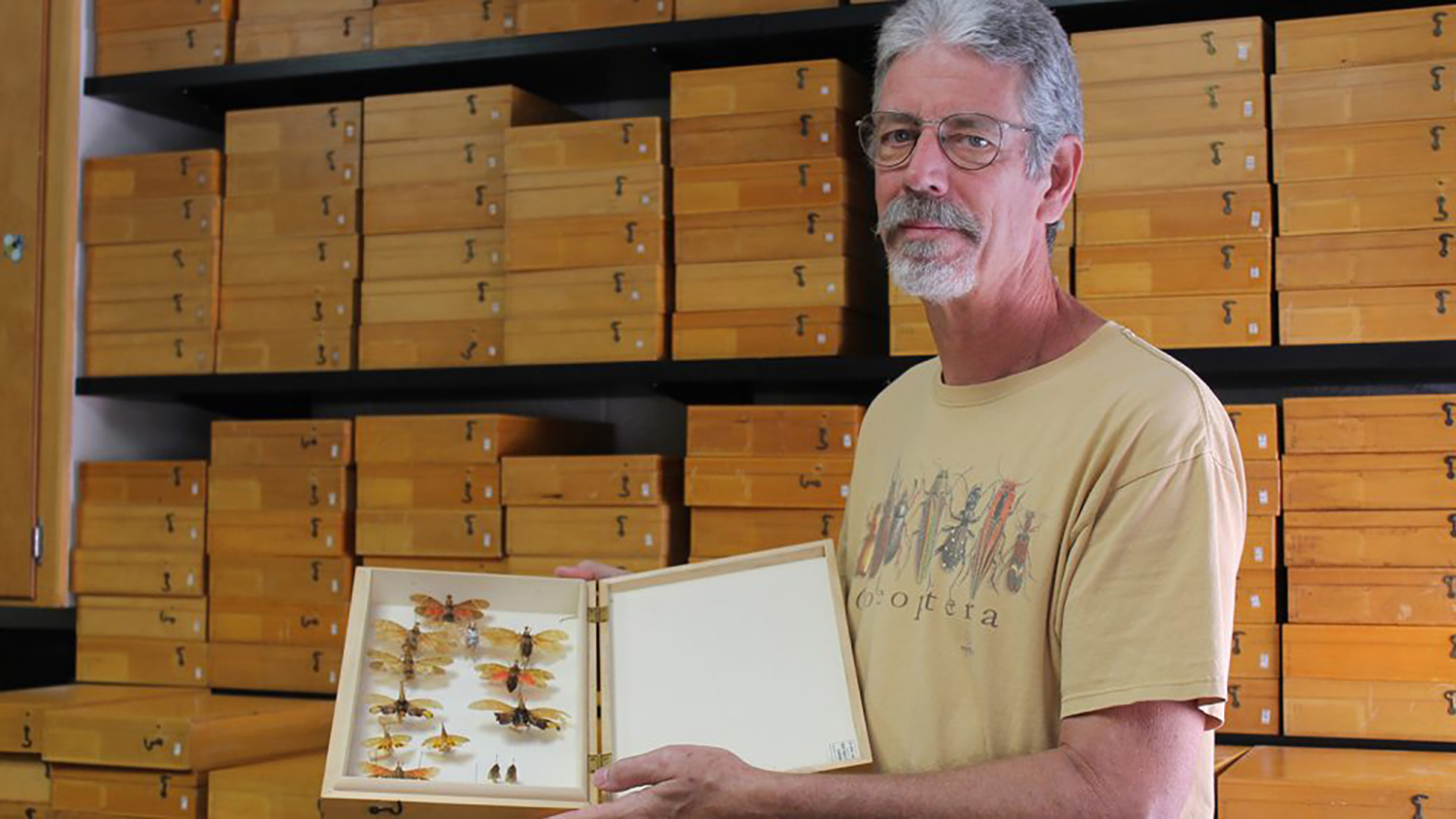
Buggin’ Out: NC State’s Insect Museum Grows
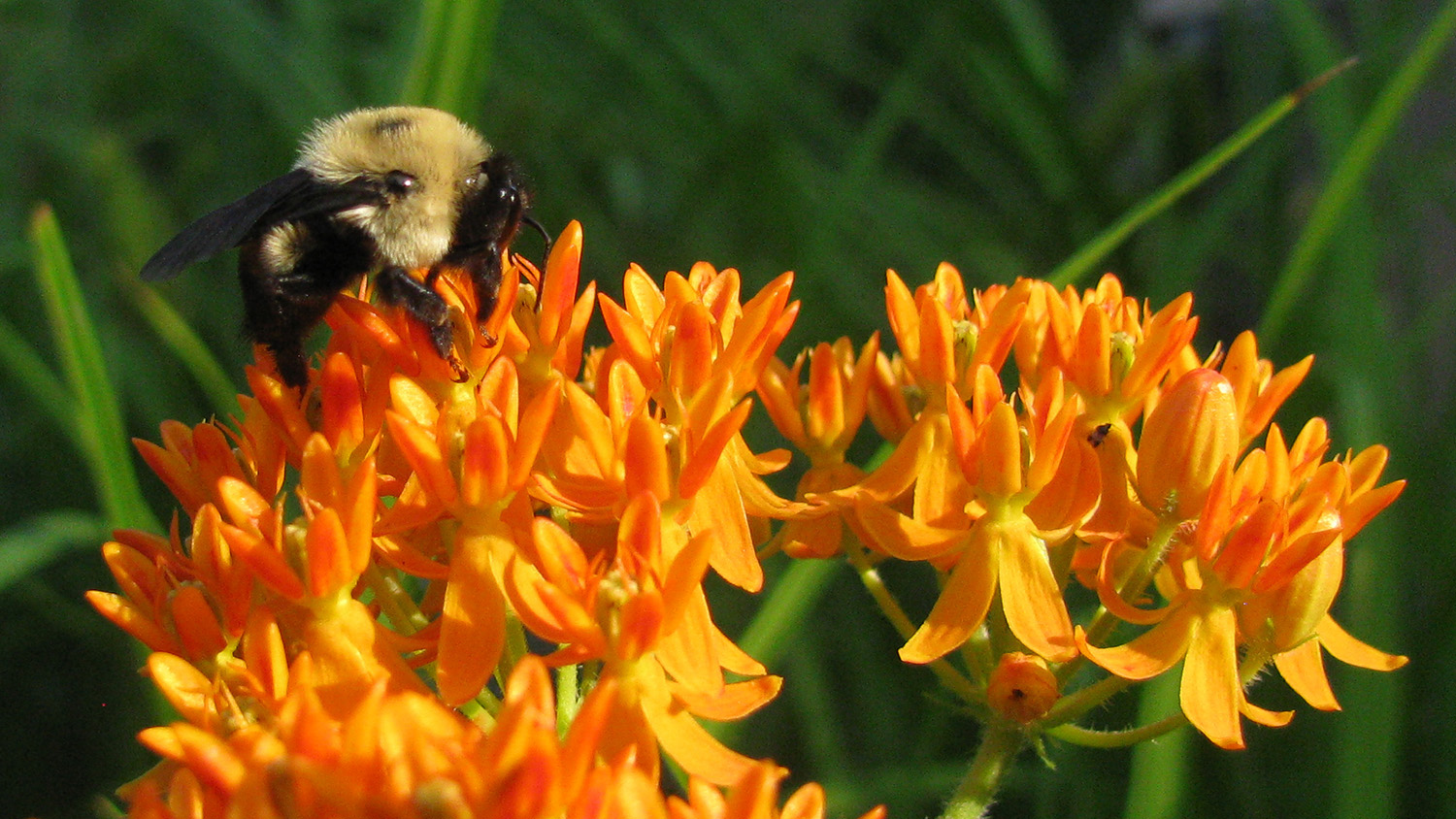
Hot Cities Spell Bad News for Bees

The Boll Weevil War, or How Farmers and Scientists Saved Cotton in the South
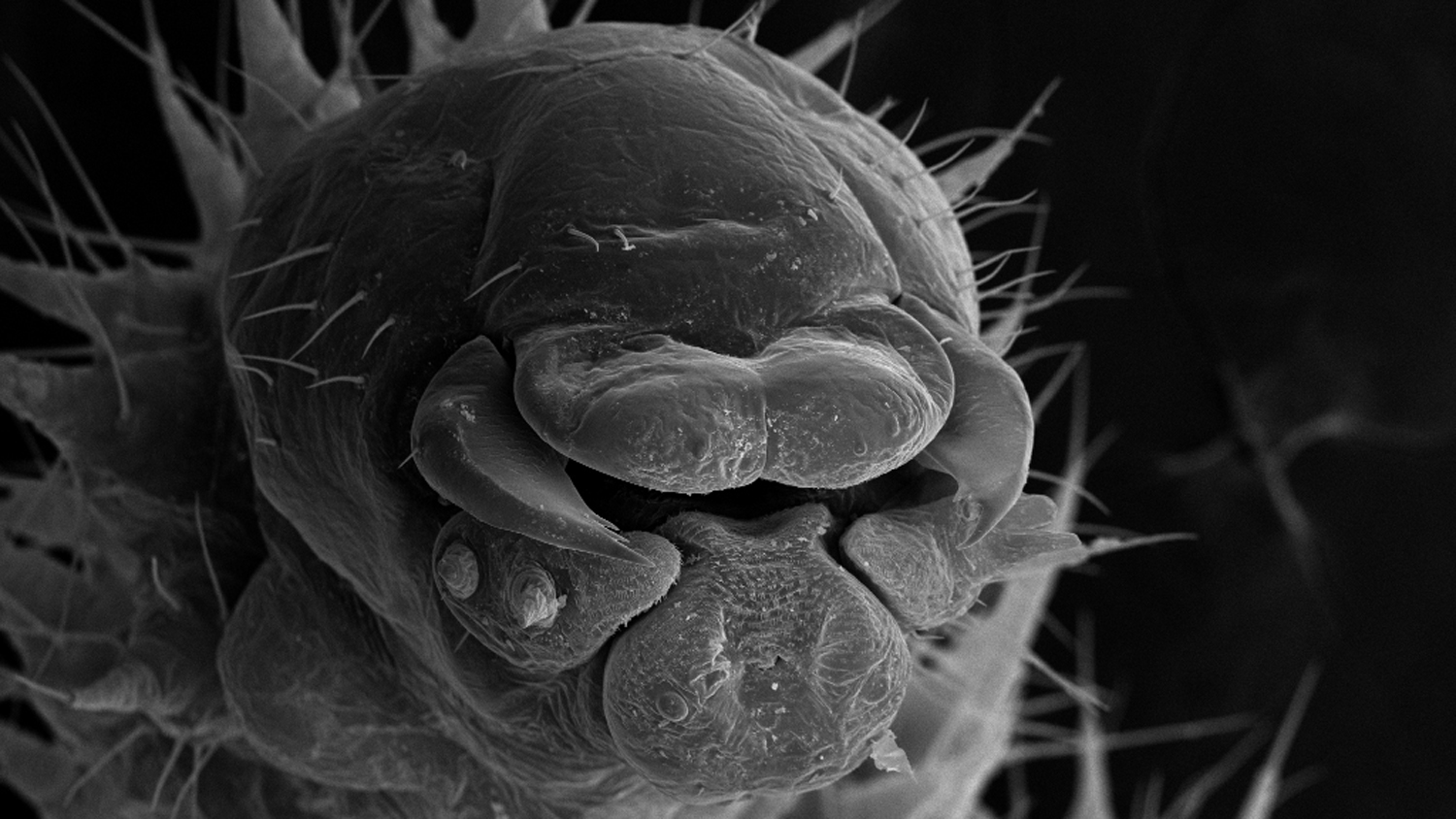
Research Yields New Details About Trap-jaw Ants – and They Look Amazing
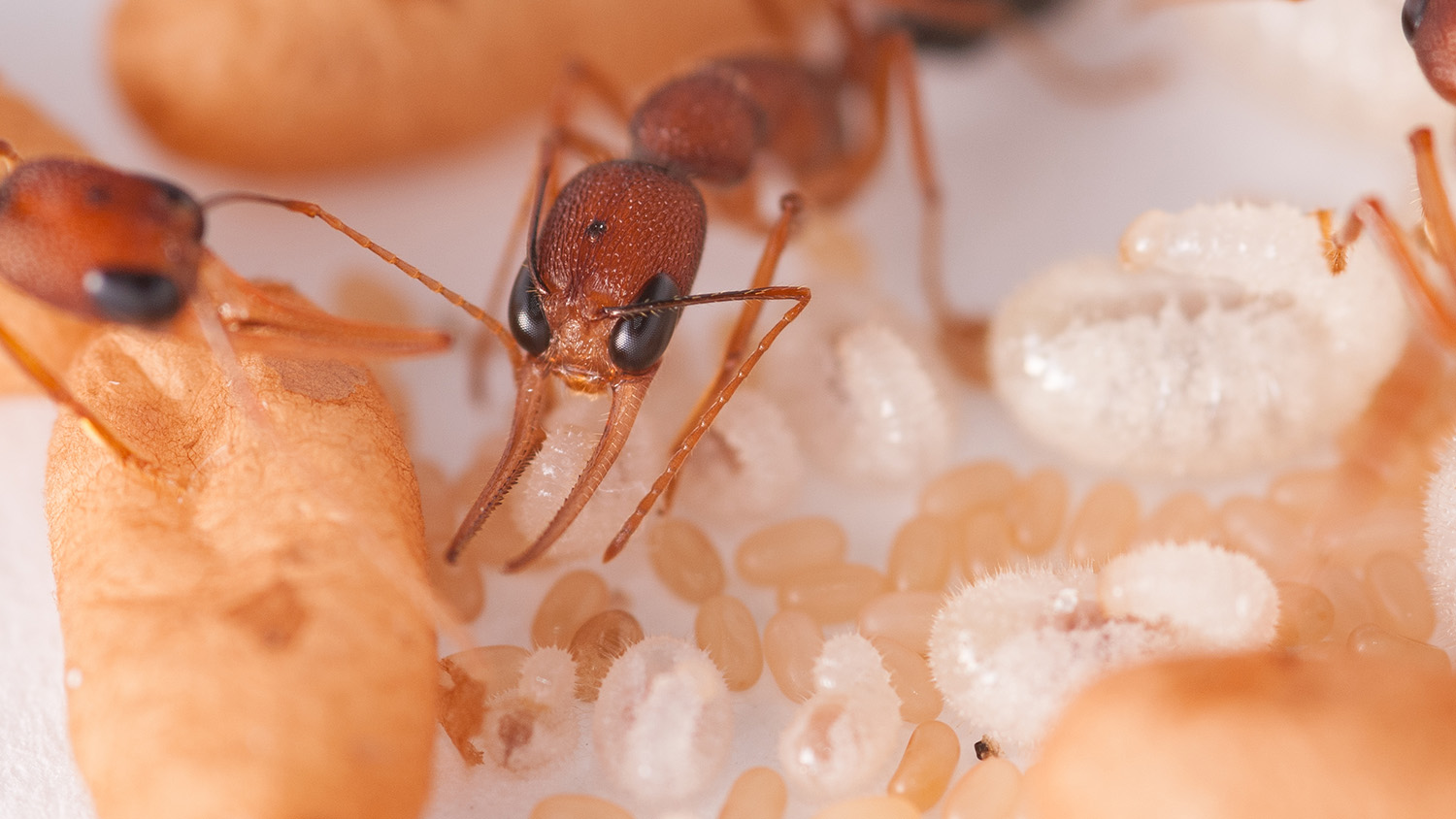
‘Princess Pheromone’ Tells Ants Which Larvae Are Destined to Be Queens
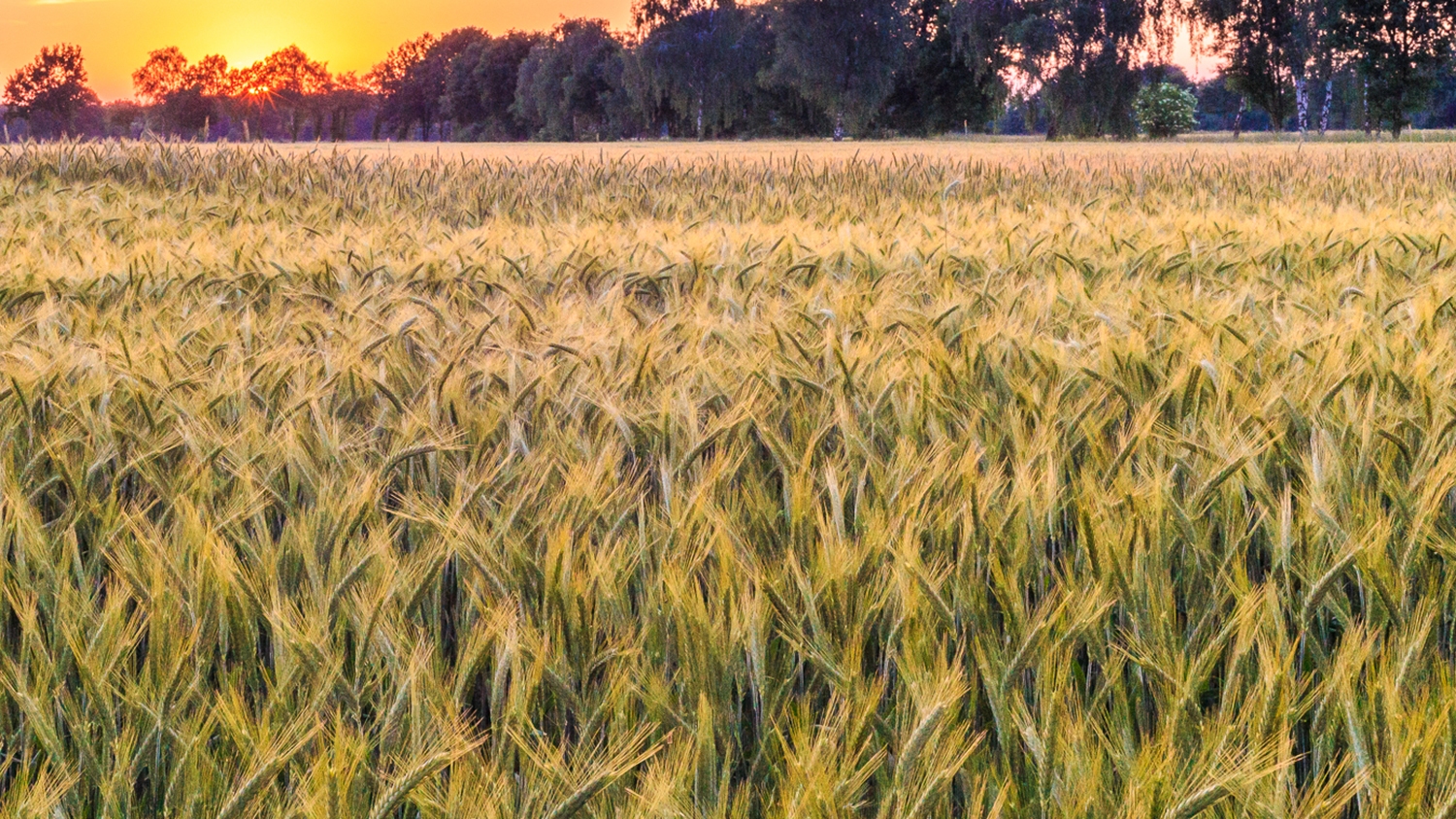
Study IDs Ways to Encourage ‘Refuge’ Planting, Slowing Resistance to Bt Crops
